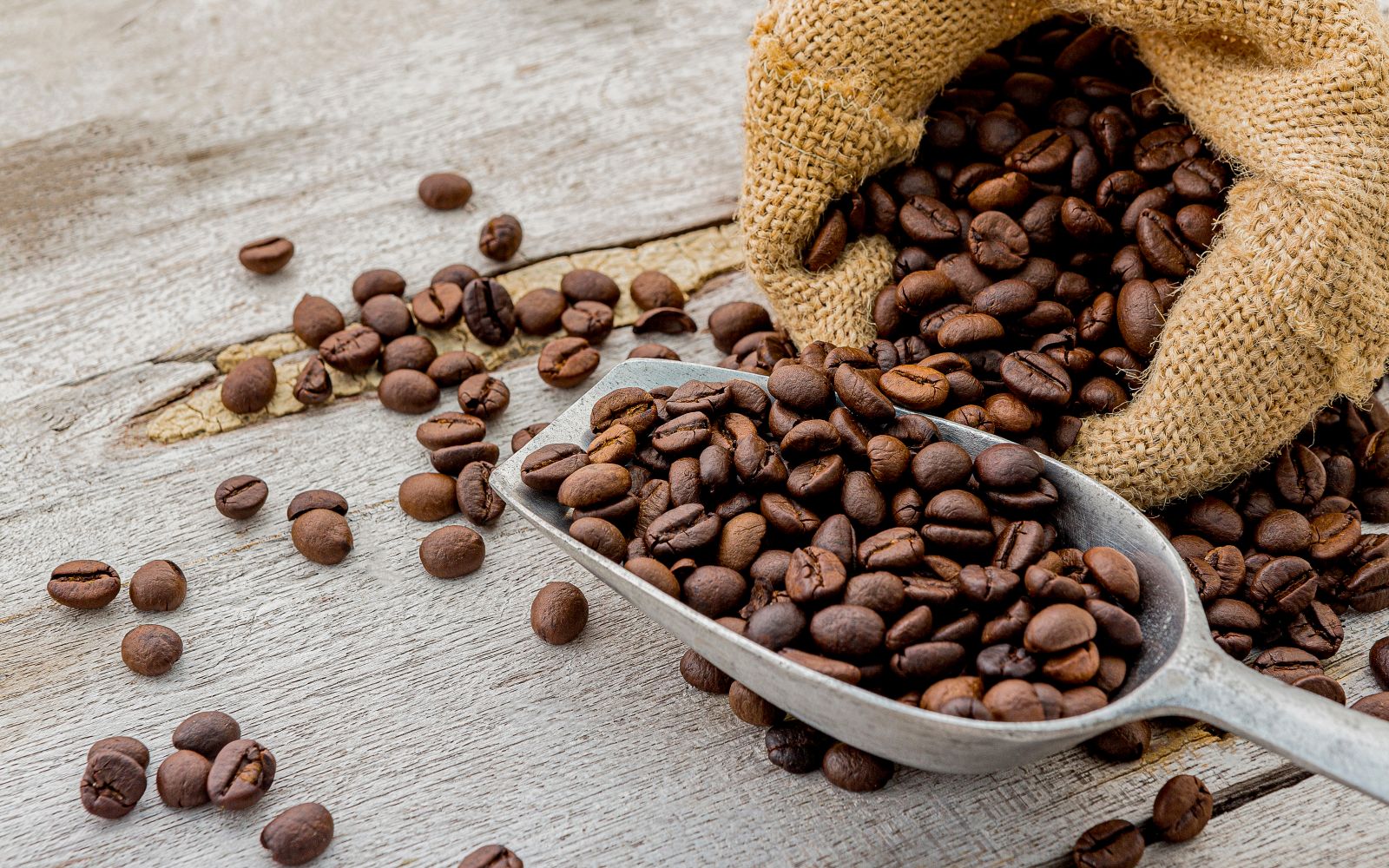
May arabica coffee (KCK23) on Wednesday closed down -2.70 (-1.32%), and May ICE robusta coffee (RMK23) closed up +26 (+1.06%).
Coffee prices Wednesday initially extended their sharp two-week rally, with arabica posting a 6-1/4 month nearest-futures high and robusta posting a 1-1/4 year high. Expectations for smaller global coffee supplies are fueling fund buying of coffee futures.
However, arabica coffee on Wednesday gave up its advance and turned lower after a fall in the Brazilian real (^USDBRL) to a 1-week low against the dollar sparked long liquidation in arabica futures. The weaker real encourages export selling by Brazil's coffee producers.
Arabica coffee supplies have tightened as ICE monitored arabica coffee inventories Wednesday fell to a 4-1/4 month low of 700,048 bags. Also, the Colombia Coffee Growers Federation reported last Wednesday that Colombia Mar coffee exports fell -19% y/y to 906,000 bags. Colombia is the world's second-largest arabica bean producer.
On April 5, the International Coffee Organization (ICO) reported global coffee exports during Oct-Feb fell -8.7% y/y to 48.66 mln bags. Also, Cecafe reported last Wednesday that Brazil's Mar green coffee exports dropped -19% y/y to 2.78 mln bags. By contrast, Honduran Mar coffee exports rose +14% y/y to 1.097 million bags. Honduras is Central America's biggest exporter of arabica beans.
Coffee prices also have support as the odds of an El Nino weather event increased, which could likely undercut global coffee production. The U.S. Climate Prediction Center last Thursday raised the likelihood of an El Nino weather pattern emerging between August and October to 74% from 61% a month ago. If that El Nino pattern occurs, it could bring heavy rains to Brazil and drought to India, negatively impacting coffee crop production.
Robusta has support on global supply concerns after coffee trader Volcafe forecasted the global 2023/24 robusta coffee market would see a record deficit of 5.6 mln bags. In addition, the Association of Indonesian Coffee Exporters and Industries said that Indonesia, the world's third-largest robusta producer, will see its 2023 coffee production fall -20% y/y to 9.6 mln bags due to damage from excessive rainfall across its growing regions.
A bearish factor for robusta coffee is an increase in ICE inventories after ICE monitored robusta coffee inventories climbed to a 4-1/4 month high Tuesday.
Ample rainfall in Brazil should boost coffee yields and is negative for coffee prices. Somar Meteorologia reported Monday that Brazil's Minas Gerais region received 31 mm of rain in the week ended April 16, or 171% of the historical average. Minas Gerais accounts for about 30% of Brazil's arabica crop.
On the bearish side, the Green Coffee Association reported Monday that U.S. Mar green coffee inventories rose +3.4% y/y to 6,016,272 bags. Also, Safras last Monday projected Brazil's coffee crop this year would increase +13% y/y to 66.65 mln bags and that Brazil's 2023/24 coffee exports will climb by +21% y/y, given a projected surplus of 45 mln bags.
A bearish factor for robusta coffee was last Monday's report from Vietnam's General Department of Customs Statistics Office that showed Vietnam's Mar coffee exports rose +5.2% m/m to 210,372 MT. However, total Q1 coffee exports are down -5% y/y at 552,613 MT. Vietnam is the world's largest producer of robusta beans.
The International Coffee Organization (ICO) projects the global 2022/23 coffee market deficit will widen to -7.3 mln bags from a -7.1 mln bag deficit in 2021/22. ICO projects that 2022/23 global coffee production will increase +1.7% y/y to 171.27 mln bags, and 2022/23 global coffee consumption will increase +1.7% y/y to 178.53 mln bags.
The USDA, in its bi-annual report released on December 23, cut its global 2022/23 coffee production estimate by -1.3% to 172.8 mln bags from a June estimate of 175.0 mln bags. In addition, the USDA cut its 2022/23 global coffee ending stocks estimate by -1.7% to 34.1 mln bags from a June estimate of 34.7 mln bags. Meanwhile, the USDA's Foreign Agriculture Service (FAS) on November 22 cut its Brazil 2022/23 coffee production forecast by -2.6% to 62.6 mln bags from a prior estimate of 64.3 mln bags. This year was supposed to be the higher-yielding year of Brazil's biennial coffee crop, but coffee output this year was slashed by drought.
On the date of publication, Rich Asplund did not have (either directly or indirectly) positions in any of the securities mentioned in this article. All information and data in this article is solely for informational purposes. For more information please view the Barchart Disclosure Policy here.






